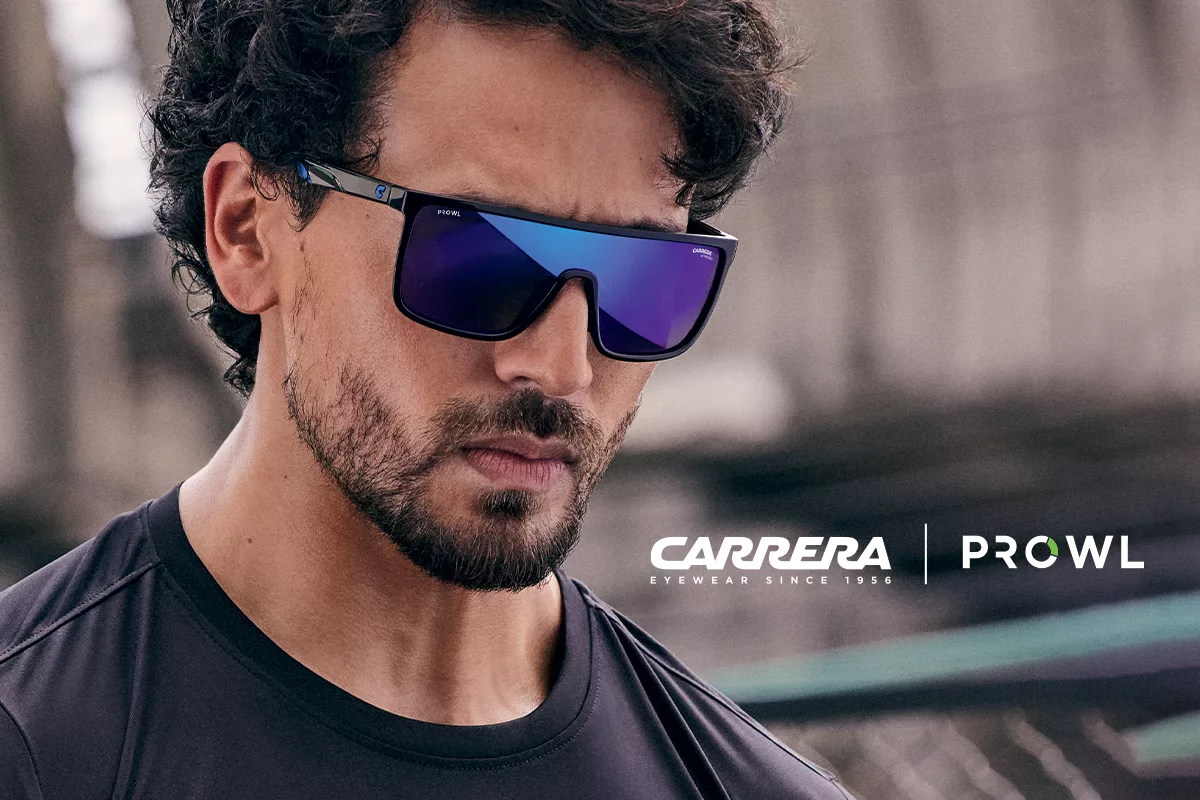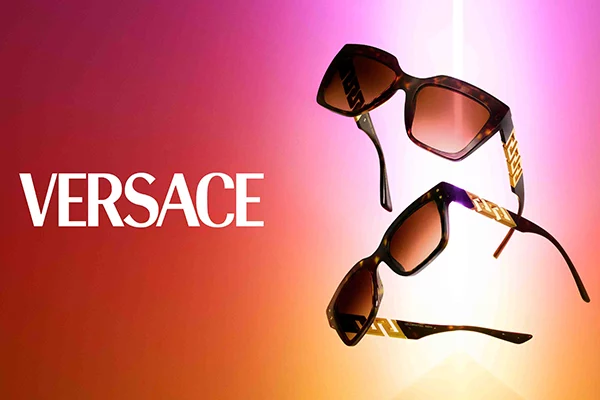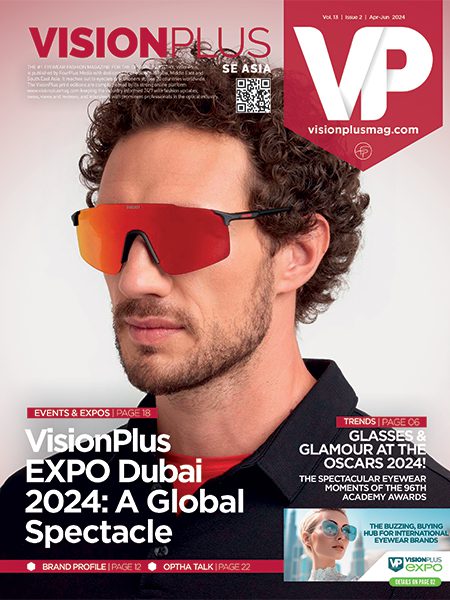PPG Industries has introduced a unique lens material that enables a balance of higher performing lens features for higher prescriptions.


Performance Factor Comparison
Lenses made from Tribrid material are able to offer a first-of-its-kind hybrid of performance features in the high-index category. Until the introduction of Tribrid material, eyecare professionals had limited choices when making a recommendation on the best eyewear for a highly myopic or hyperopic patient desiring a thinner lens, having to sacrifice optics and/or impact resistance to achieve thinness.
High-index lenses have higher indices of refraction, which allow the lenses to be thinner at higher prescriptions. Tribrid material has a refractive index of 1.60, falling within the high-index category.
It also features a lower density than traditional high-index materials, so it will be lighter when ground to the same thickness, with weight differences becoming more noticeable the higher the prescription. This means lenses made from Tribrid material will be not just thin, but also very light weight, the lens feature identified as most important to consumers according to a VisionWatch research study conducted by The Vision Council. The older the wearer, the more they preferred lightness, with more than half of eyeglass wearers older than 55 reporting that preference.
The optical performance of Tribrid material provides another performance advantage over other high-index materials. Tribrid material features an Abbe value of 41, while Abbe values can range from 32 to 40 for other high-index materials. While a high Abbe value provides a strong benefit to all wearers, it may be particularly advantageous for higher-prescription wearers, especially those who will be using their glasses in any situation that may reduce their ability to see, such as working at a computer in a poorly lit room. Additionally, the growing aging population whose lenses are losing transparency may be more sensitive to visual distortion.
In addition to sometimes having a lower optical quality, traditional high-index lenses have typically been less impact resistant than other choices, forcing eyecare professionals to sacrifice vision TRIBRID North American Launch Backgrounder – 2 protection when making a recommendation to a patient who desires a thinner lens. While a standard 1.67 lens exceeds the FDA drop ball standard by 32 times, Tribrid material offers greatly enhanced strength, withstanding more than 160 times the energy of the FDA drop ball test. Tribrid material also offers the added protection of built-in 100 percent UVA and UVB blockage and strong tensile strength. In addition, Tribrid lenses offer chemical and heat resistance for added durability.
Product Positioning and Market Opporunity
While the vast majority of patients do not require a “thinner” lens material, there are many patients who highly value this option. According to the The Vision Council, 4.4 million high-index lenses were sold in 2012, a 5.8 percent increase over the previous year. Because this feature is important to a specific segment of patients, many eyecare professionals have become focused on index as a sign of the overall value of a lens, assuming the higher the index, the more advanced the lens.
The introduction of Tribrid material changes this paradigm, allowing eyecare professionals to break free from a “myopic” view of immediately looking at index as a key indicator of value. Because it offers a more complete offering of desireable attributes (clarity, strength, lightweight comfort and thinness), Tribrid material – at a 1.60 index – has a potentially higher value for many patients than a material with an even higher index. The trade-off to achieve reduced thinness is not worth the loss in optical quality or safety, now that there is a comparably thin option for higher-prescription wearers.
TRIBRID North American Launch Backgrounder – 3
To place index trade-offs at the higher end of the prescription spectrum into context, consider that Tribrid lenses will be “competitively thin” – within 0.5 mm for most prescriptions – to other 1.60 and 1.67 lenses. For example, a -4.00 diopter lens with a 1.67 index will be only 0.4 mm thinner on the edge than a lens made with Tribrid material – or the equivalent thickness of four sheets of paper. This slight difference will not be noticeable to most wearers, outweighed in value by Tribrid’s superior optics and impact resistance.
Because of its 1.59 index of refraction, polycarbonate is also sometimes recommended to higher-prescription patients even though it is typically classified as its own category of lens material outside of the traditional high-index category. Because Tribrid material offers improved optics over polycarbonate, some eyecare professionals may also recommend lenses made with Tribrid material to previous polycarbonate wearers, creating even more opportunity for the growth of Tribrid material.












